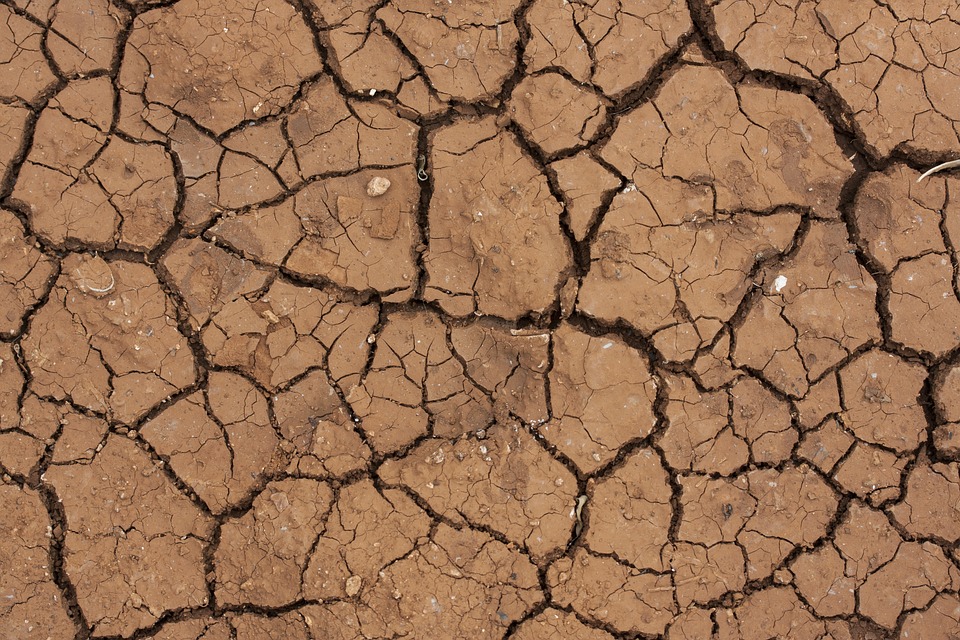Pineapple, known for its sweet and tangy flavor, is a tropical fruit that thrives in specific climate conditions. Understanding these ideal growing conditions is crucial for both commercial growers and home gardeners who wish to cultivate this versatile fruit.
Ideal Climate for Pineapple Cultivation
Tropical and Subtropical Climates
Pineapples primarily flourish in warm tropical regions where temperatures remain consistent throughout the year. The ideal temperature range for pineapple growth is between 65°F and 95°F (18°C to 35°C). Pineapples are sensitive to cold; temperatures below 60°F (15°C) can slow their growth, while frost can severely damage or even kill the plants.
Temperature Requirements for Pineapples
Warm Climate
Pineapples require warmth to thrive, with optimal growth occurring in climates that maintain steady temperatures without significant fluctuations. Although they can tolerate high temperatures, extreme heat above 95°F (35°C) can stress the plants, making them more vulnerable to diseases.
Avoid Frost
Frost poses a significant threat to pineapple plants, particularly affecting their leaves and fruits. Regions that experience harsh winters are unsuitable for pineapple cultivation due to the risk of frost damage.
Precipitation and Watering Needs
Moderate Rainfall
Pineapples grow best in areas with 40 to 60 inches (1,000 to 1,500 mm) of rainfall annually. They prefer well-drained soil to prevent root rot, making humid tropical regions with good drainage ideal.
Watering Tips
While pineapples are drought-tolerant, they still require regular watering during dry periods. However, overwatering can lead to root issues, so maintaining a balance is essential.
Sunlight and Soil Conditions
Sunlight
Pineapples need full sunlight for optimal growth. Ideally, they should receive 6-8 hours of direct sunlight each day to promote healthy growth and fruit production.
Soil Requirements
The best soils for pineapple cultivation are well-drained and slightly acidic (pH 4.5 to 6.5). Sandy or loamy soils are preferred since compact or waterlogged soils can harm the roots.
Regions Where Pineapples Grow Best
Tropical Regions
Major pineapple-producing countries include Thailand, the Philippines, Costa Rica, Brazil, and Hawaii. These tropical climates provide the warmth, moisture, and sunlight necessary for pineapples to flourish.
Subtropical Regions
Pineapples can also grow in subtropical climates with warm summers and mild winters, such as parts of southern Florida, Queensland in Australia, and southern China. In these areas, careful attention to frost protection is required.
Growing Pineapples in Non-Tropical Regions
Greenhouse Cultivation
In non-tropical regions, pineapples can be successfully grown in greenhouses where temperature and humidity are controlled. This method allows growers to provide the warmth necessary for growth while avoiding frost damage.
Container Growing
Pineapples can also be cultivated in pots that can be moved indoors during colder months. For container growing, it’s important to use well-draining soil and ensure ample sunlight while maintaining a warm environment.
Frequently Asked Questions (FAQs)
1. Can pineapples grow in non-tropical climates?
Yes, pineapples can thrive in non-tropical areas using greenhouses or containers that allow them to be brought indoors during cold weather.
2. What temperature is best for growing pineapples?
The optimal temperature range is between 65°F and 95°F (18°C to 35°C); temperatures below 60°F (15°C) can slow growth significantly.
3. How much sunlight do pineapples need?
Pineapples require full sun exposure of about 6-8 hours of direct sunlight daily for healthy growth.
4. Do pineapples need a lot of water?
While drought-tolerant, pineapples need moderate watering; well-drained soil is crucial to avoid root rot from overwatering.
5. What type of soil is best for growing pineapples?
Well-drained soils with a slightly acidic pH between 4.5 and 6.5 are ideal; sandy or loamy soils work best while avoiding compact or waterlogged conditions.
Conclusion
In summary, the ideal climate conditions for growing pineapples include warm temperatures, full sunlight, moderate rainfall, and well-drained soil. Although native to tropical regions, pineapples can also be cultivated in subtropical areas and controlled environments like greenhouses. For those living in suitable climates or having access to indoor growing methods, cultivating pineapples can be a rewarding experience worth exploring.

Kyle Whyte is a notable scholar and professor at the University of Michigan, holding positions such as the George Willis Pack Professor in the School for Environment and Sustainability and Professor of Philosophy. Specializing in environmental justice, his work critically examines climate policy and Indigenous peoples’ ethics, emphasizing the nexus between cooperative scientific endeavors and Indigenous justice. As an enrolled Citizen Potawatomi Nation member, he brings a vital perspective to his roles as a U.S. Science Envoy and member of the White House Environmental Justice Advisory Council. His influential research is supported by various prestigious organizations including the National Science Foundation, and disseminated through publications in high-impact journals. Kyle actively contributes to global Indigenous research methodologies and education, with affiliations to numerous institutes and societies dedicated to traditional knowledge and sustainability. Recognized for his academic and community engagement, Kyle has earned multiple awards and served in various visiting professorships. His efforts extend to leadership positions on boards and committees focused on environmental justice nationwide.
